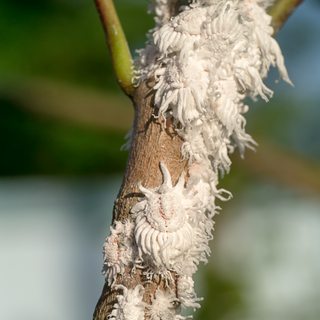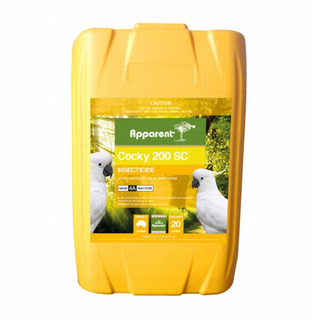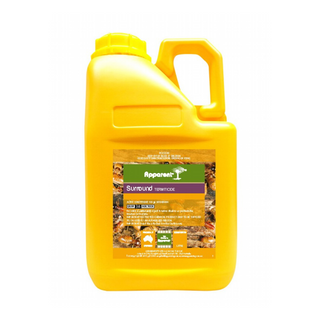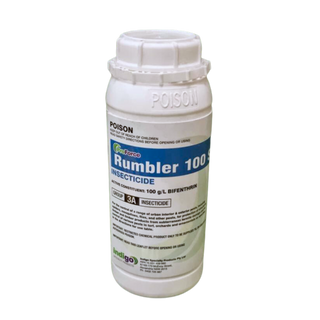Latin name: Pseudococcidae
Mealybugs (family Pseudococcidae) are oval-shaped, segmented, soft-bodied insects covered with white, mealy wax. They are often found between touching fruit, under the calyx or in the 'navels' of oranges, producing honeydew on which sooty mould can grow. Four species of mealybug have been recorded from citrus in Western Australia.
Damage
- Mealybugs have piercing or sucking mouthparts that they insert into the plant to feed.
- Feeding weakens and stunts plants, causes leaf distortion and with spherical mealybug, shoots may twist if the infestation is heavy.
- Large quantities of honeydew are produced by mealybug, which can turn black with the growth of sooty mould fungus.
- Mealybugs can also hide under the calyx of the fruit, which can cause export problems.
Life cycle
- All mealybug species have a similar life cycle.
- Eggs are laid into an ovisac, an envelope made of silk enclosing the eggs or egg mass. The longtailed mealybug gives birth to live young.
- The young are free of wax, but appear similar to the adult female.
- Males have an additional pupal stage from which they emerge as delicate winged insects with long tail filaments. Seldom-observed, the adult male is a very weak flier and does not have a mouth to feed, dying within a few days of emerging.
SOLUTIONS:
- Systemic: Apparent Cocky
- Contact: Apparent Surround or Proforce Rumbler 100SC
- Slow release: Initiator Tablets
Reference: Mealybugs in citrus | Agriculture and Food




